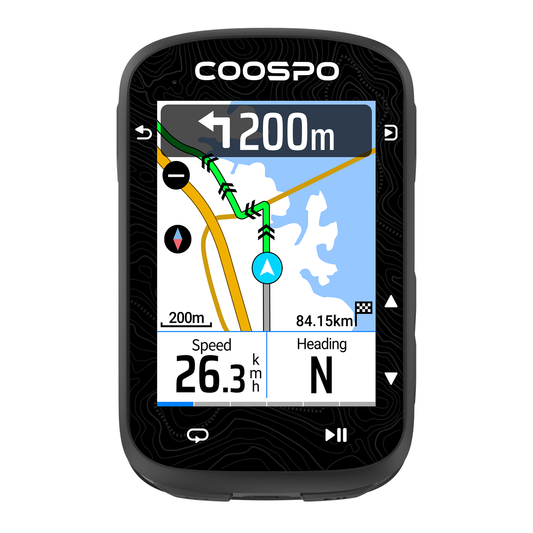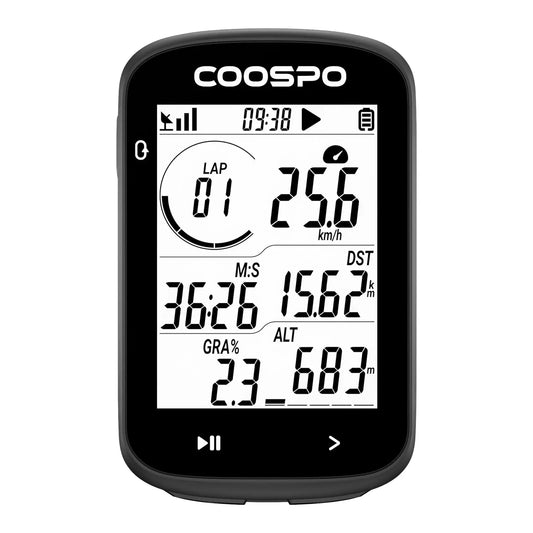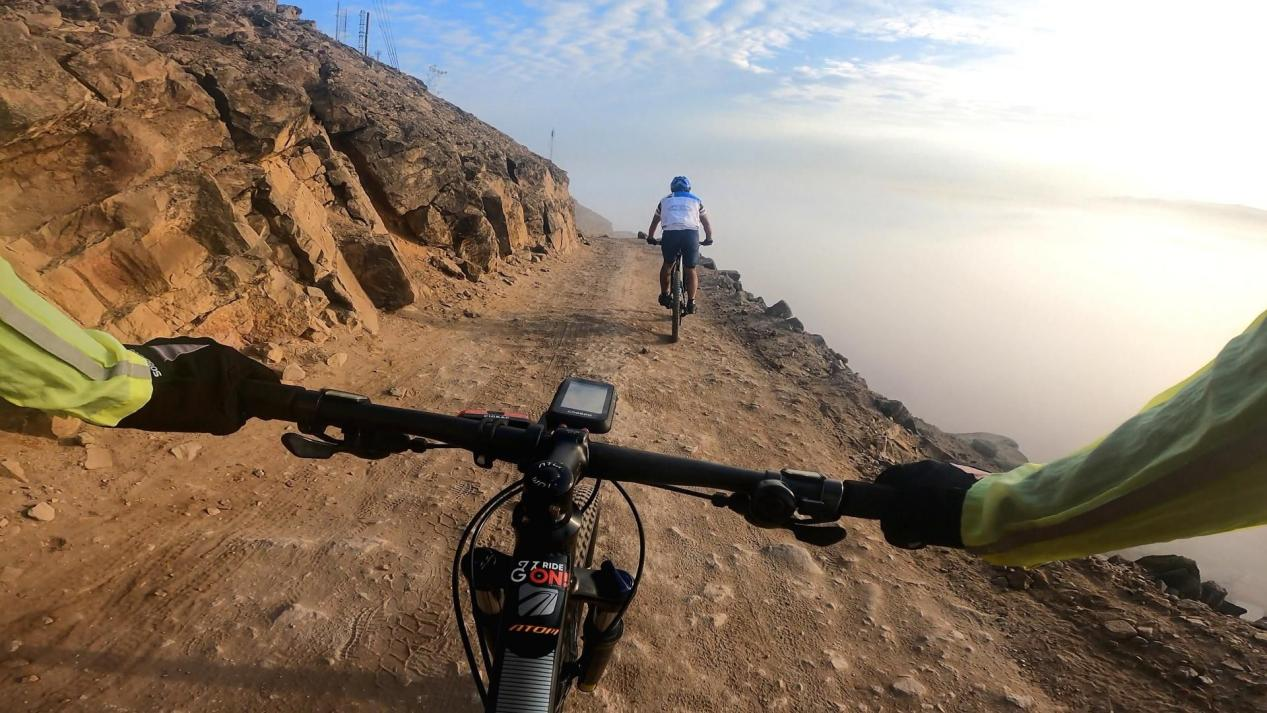Entrenamientos en interiores o al aire libre: ¿cuál gana para tu salud?
Cuando se trata de entrenar, una pregunta frecuente entre los aficionados al fitness es si conviene hacerlo en interiores o al aire libre. Ya sea levantando pesas en un gimnasio bien iluminado o corriendo por un sendero soleado, ambos lugares tienen sus ventajas. La mejor opción suele depender de tus objetivos, tu estilo de vida y, sobre todo, de lo que te guste.
Investigaciones recientes se han centrado no solo en el tipo de ejercicio que se realiza y con qué frecuencia, sino también en el lugar donde se practica. Un nuevo estudio reveló que entrenar en interiores y al aire libre puede tener efectos distintos en la salud.

Analicemos las diferencias entre los entrenamientos en interiores y exteriores, especialmente estos últimos, a veces denominados PANS (Actividad Física en Entornos Naturales). También descubriremos cómo sacar el máximo provecho de tu ejercicio, independientemente del lugar donde te encuentres.
PANS: Un nombre elegante para los entrenamientos al aire libre
En ciencias del ejercicio, PANS significa Actividad Física en Entornos Naturales. Se refiere a cualquier tipo de ejercicio al aire libre, como caminar, montar en bicicleta, hacer senderismo o practicar yoga en un parque. Los espacios azules, que son áreas cercanas al agua como lagos, playas u océanos, también forman parte de PANS.
Los estudios demuestran que el entrenamiento neuromuscular activo (PANS, por sus siglas en inglés) puede ofrecer beneficios físicos y mentales especiales, superiores a los del entrenamiento convencional. Una revisión publicada en la revista Environmental Science. &Un estudio publicado en la revista Technology Journal reveló que tan solo cinco minutos de ejercicio al aire libre en un entorno verde pueden mejorar el estado de ánimo y la autoestima. Este efecto del ejercicio en la naturaleza se ve respaldado por la creciente evidencia de que la naturaleza tiene efectos curativos y mejora el rendimiento.
Los beneficios de los entrenamientos al aire libre
Hacer ejercicio al aire libre puede ser estimulante, accesible e increíblemente gratificante. Estos son algunos de sus principales beneficios:
Mejora de la salud mental y física
Estar en contacto con la naturaleza ayuda a calmar la mente. Hacer ejercicio al aire libre combina la satisfacción del ejercicio con los efectos relajantes del exterior. La mayoría de las personas pasan mucho tiempo en interiores, a menudo sentadas, lo cual no es bueno para la salud si se hace en exceso. Además, el aire interior puede estar mucho más contaminado que el exterior. Hacer ejercicio en la naturaleza también puede disminuir la frecuencia cardíaca y la presión arterial, lo que puede reducir el riesgo de enfermedades cardíacas.
Aumento de la vitamina D
La exposición a la luz solar ayuda al cuerpo a producir vitamina D, esencial para la salud ósea, el sistema inmunitario y la regulación del estado de ánimo. Incluso 15 o 30 minutos diarios de ejercicio al aire libre pueden contribuir a mantener niveles saludables de vitamina D, algo de lo que carecen muchas personas que trabajan en interiores.
Mayor variedad en los entrenamientos
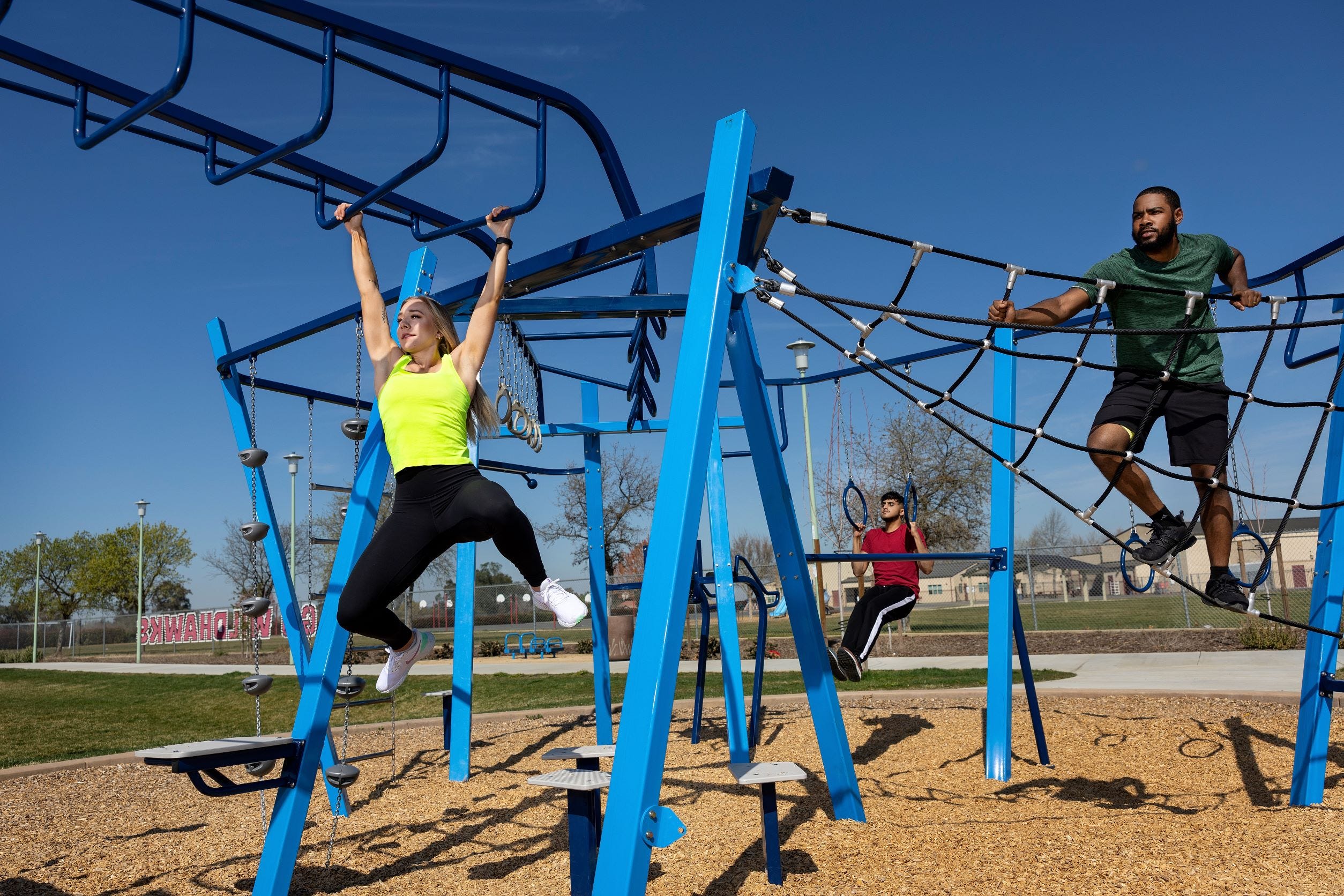
Los espacios al aire libre fomentan de forma natural el entrenamiento cruzado. Por ejemplo, correr por senderos incorpora entrenamiento de equilibrio y agilidad debido al terreno irregular. Es posible que acabes realizando más movimientos —saltos, escaladas o sprints— que en una cinta de correr.
Mayor adherencia y motivación
Diversos estudios, incluida una revisión sistemática de 2015 publicada en Preventive Medicine, demuestran que las personas que hacen ejercicio al aire libre tienen más probabilidades de mantener sus rutinas. La estimulación sensorial, el cambio de paisaje y la interacción social contribuyen a prevenir el aburrimiento.
Rentable
Muchos entrenamientos al aire libre no cuestan nada. No necesitas una membresía de gimnasio para dar un paseo, salir a correr o andar en bicicleta por tu vecindario.
Los entrenamientos en interiores tienen su lugar
Estar al aire libre conlleva riesgos. Se experimentan aspectos tanto positivos como negativos, y la frecuencia con la que se afrontan estos riesgos depende del tiempo que se pase al aire libre y de las medidas de seguridad que se tomen.
Algunos desafíos que conviene tener en cuenta al realizar entrenamientos al aire libre son:
Clima
El mal tiempo es una de las razones más comunes por las que la gente evita hacer ejercicio al aire libre. La lluvia, la nieve, las olas de calor y las heladas pueden hacer que el ejercicio al aire libre sea difícil o peligroso.Si bien la exposición al sol proporciona vitamina D, un exceso de radiación ultravioleta conlleva riesgos para la salud, desde quemaduras solares y golpes de calor hasta cáncer de piel. Los ambientes interiores ofrecen un control climático que garantiza la constancia.
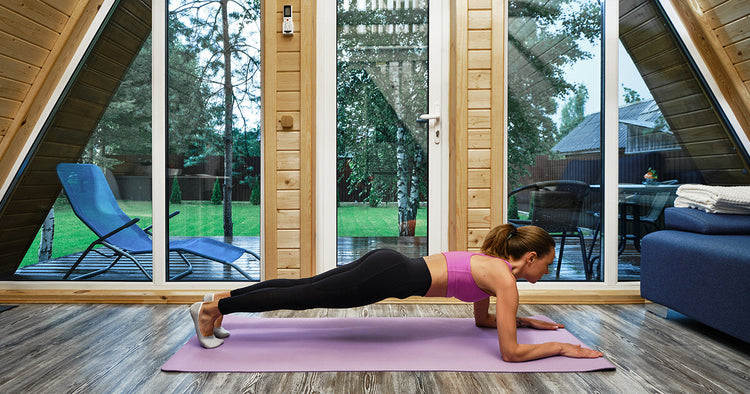
Consejo: Los entrenamientos en interiores pueden ayudar a mantener la rutina cuando cambian las condiciones estacionales, especialmente en climas extremos.
Alergias y plagas
Para quienes sufren alergias estacionales, el polen puede arruinar un plan de entrenamiento al aire libre. Además, insectos como los mosquitos y las garrapatas pueden ser una verdadera molestia, e incluso representar un riesgo para la salud en ciertas zonas. Entrenar en interiores elimina estas variables.
Accesibilidad:
No todo el mundo tiene fácil acceso a espacios exteriores seguros para hacer ejercicio. Por ejemplo, puede que tengas parques y senderos cerca de casa, pero si no están bien mantenidos, puede que no sean seguros para entrenar.
Seguridad
Correr al aire libre en entornos urbanos, o durante las primeras horas de la mañana o la noche, puede conllevar riesgos de seguridad, como el tráfico, la escasa visibilidad o la delincuencia. Las instalaciones cubiertas suelen ofrecer entornos seguros y bien iluminados, a veces con personal presente.
Para algunas personas, entrenar en un gimnasio o en casa puede resultar más fácil o motivador que hacer ejercicio al aire libre.
No todo el mundo puede acceder fácilmente a parques o espacios naturales, y algunas personas quizás no tengan el dinero o el tiempo para viajar a estos lugares.
Los gimnasios y otros espacios para hacer ejercicio en interiores son valiosos porque crean un ambiente agradable y ayudan a fomentar el sentido de comunidad. Además, brindan acceso a equipos que quizás no se encuentren al aire libre, como pesas y máquinas de ejercicio.

Si quieres acelerar tu ritmo cardíaco o si estás entrenando para un deporte específico, puedes hacer ejercicio al aire libre; solo ten en cuenta que quizás no tengas tanta variedad ni acceso a tanto equipo como en un gimnasio. Un entrenador confiable monitor de frecuencia cardíaca Por ejemplo, el Coospo puede ayudarte a controlar la intensidad de tu entrenamiento y a mantenerte en la zona de entrenamiento adecuada dondequiera que entrenes.
Cómo hacer más ejercicio al aire libre
Si quieres aumentar tu actividad física al aire libre, empieza por buscar parques, senderos o zonas naturales cerca de ti. Estos lugares pueden ser una forma divertida de incorporar actividades al aire libre a tu rutina de ejercicio.
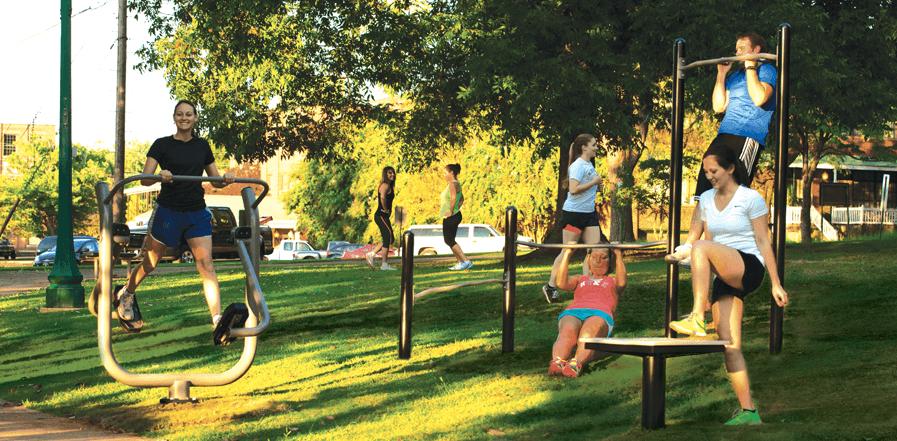
No es necesario que empieces a hacer ejercicio al aire libre de golpe. Si entrenas varios días a la semana, comienza por elegir un día para ejercitarte al aire libre.
Planificar es un paso importante. Empieza por encontrar espacios naturales seguros y de fácil acceso cerca de ti. Luego, consulta el clima y la calidad del aire. Después, decide qué actividades quieres realizar. Piensa también en cuándo ir y cómo llegar a estos lugares. Por último, considera si prefieres hacer ejercicio solo o acompañado.
En verano, con el calor, es importante tener cuidado y reconocer los síntomas de enfermedades relacionadas con el calor, como calambres musculares, dolores de cabeza, mareos y náuseas. Si nota alguno de estos síntomas, deténgase y busque un lugar fresco.
Para mantenerse seguro al hacer ejercicio al aire libre, es importante conocer las particularidades de la actividad. Por ejemplo, los ciclistas deben respetar las normas de tránsito y usar equipo de seguridad como casco y ropa reflectante. Los corredores deben saber por qué lado de la calle correr y evitar senderos empinados para prevenir lesiones. Para los excursionistas, es fundamental estar al tanto de los peligros como garrapatas, insectos y animales salvajes para disfrutar de una experiencia segura y placentera al aire libre.



